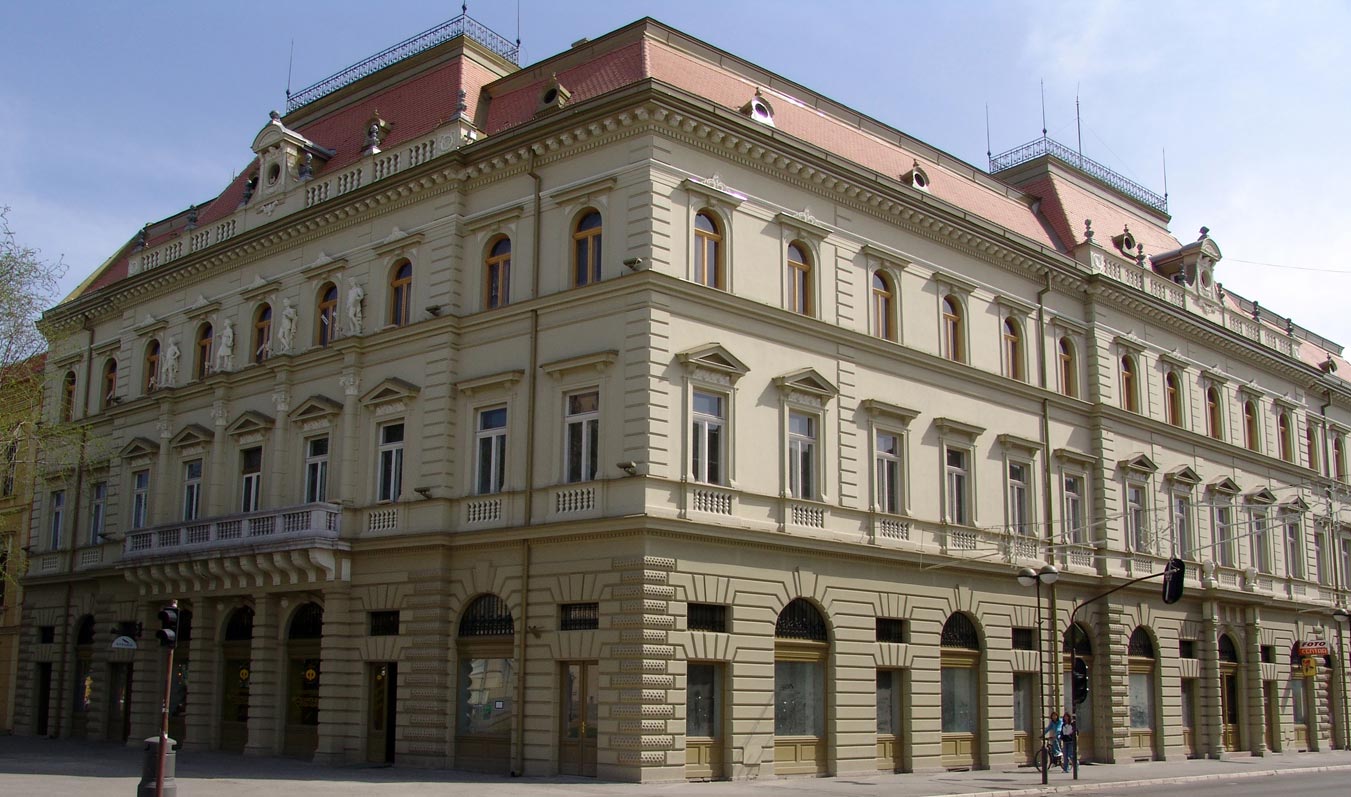
Зрењанински Народни музеј спада у категорију музејских установа комплексног типа, завичајног карактера и својим истраживачким радом покрива подручје средњег Баната. Оваквим начином организације, богато културно наслеђе овог подручја из области природе, археологије, етнологије, уметности и историје дошло је у оквире систематске заштите и стручне обраде специјализоване установе са стручњацима свих потребних профила. Унутар многобројних музејских збирки смештено је преко 49.000 предмета.